What is the best way to water my Malaysian aralia?
Your Malaysian aralia will not be too picky about how you choose to water it. As such, you can use just about any common watering tool to moisten this plant’s soil. Watering cans, hoses, and even cups will work just fine when it is time to water your Malaysian aralia. Regardless of which watering tool you use, you should typically apply the water directly to the soil. In doing so, you should ensure that you moisten all soil areas equally to give all parts of the root system the water it needs. It can help to use filtered water, as tap water can contain particles that are harmful to plants. It is also beneficial to use water that is at or slightly above room temperature, as colder or hotter water can be somewhat shocking to the Malaysian aralia. However, the Malaysian aralia usually responds well to any kind of water you give it.
![more]()
What should I do if I water my Malaysian aralia too much or too little?
For outdoor plants, especially newly planted plants or plant seedlings, they can be prone to lack of watering. Remember that you need to keep watering enough for a few months when the tree is small or just planted. This is because once the roots are established, Malaysian aralia can rely on rain most of the time. When your Malaysian aralia is planted in pots, overwatering is often more likely to.When you accidentally overwater your Malaysian aralia, you should be prepared to remedy the situation immediately. First, you should stop watering your plant right away to minimize the effect of your overwatering. After, you should consider removing your Malaysian aralia from its pot to inspect its roots. If you find that none of the roots have developed root rot, it may be permissible to return your plant to its container. If you do discover signs of root rot, then you should trim away any roots that have been affected. You may also want to apply a fungicide to prevent further damage. Lastly, you should repot your Malaysian aralia in soil that is well-draining. In the case of an underwatered Malaysian aralia, simply water this plant more frequently. Underwatering is often an easy fix. If you underwater, the plant's leaves will tend to droop and dry out and fall off, and the leaves will quickly return to fullness after sufficient watering. Please correct your watering frequency as soon as underwatering occurs.
![more]()
How often should I water my Malaysian aralia?
Most plants that grow naturally outdoors can be allowed to grow normally with rainfall. If your area lacks rainfall, consider giving your plants adequate watering every 2 weeks during the spring and fall. More frequent watering is needed in summer. In winter, when growth becomes slower and plants need less water, water more sparingly. Throughout the winter, you may not give it additional watering at all. If your Malaysian aralia is young or newly planted, then you should water more frequently to help it establish, and mature and grow up to have more adaptable and drought tolerant plants. For potted plants, there are two main ways that you can determine how often to water your Malaysian aralia. The first way is to set a predetermined watering schedule. If you choose this route, you should plan to water this plant about once every week or once every other week. However, this approach may not always work as it does not consider the unique conditions of the growing environment for your Malaysian aralia . Your watering frequency can also change depending on the season. For instance, a predetermined watering schedule will likely not suffice during summer when this plant's water needs are highest. An alternative route is to set your watering frequency based on soil moisture. Typically, it is best to wait until the first two to four inches of soil, usually ⅓ to ½ depth of the pots, have dried out entirely before you give more water.
![more]()
How much water does my Malaysian aralia need?
When it comes time to water your Malaysian aralia, you may be surprised to find that this plant does not always need a high volume of water. Instead, if only a few inches of soil have dried since your last watering, you can support healthy growth in the Malaysian aralia by giving it about five to ten ounces of water every time you water. You can also decide your water volume based on soil moisture. As mentioned above, you should note how many inches of soil have dried out between waterings. A surefire way to make sure your Malaysian aralia gets the moisture it needs is to supply enough water to moisten all the soil layers that became dry since the last time you watered. If more than half of the soil has become dry, you should consider giving more water than usual. In those cases, continue adding water until you see excess water draining from your pot’s drainage holes. If your Malaysian aralia is planted in an area that gets plenty of rain outdoors, it may not need additional watering. When the Malaysian aralia is young or just getting established, make sure it gets 1-2 inches of rain per week. As it continues to grow and establish, it can survive entirely on rainwater and only when the weather is hot and there is no rainfall at all for 2-3 weeks, then consider giving your Malaysian aralia a full watering to prevent them from suffering stress.
![more]()
How can I tell if i'm watering my Malaysian aralia enough?
Overwatering is a far more common problem for the Malaysian aralia, and there are several signs you should look for when this occurs. Generally, an overwatered Malaysian aralia will have yellowing leaves and may even drop some leaves. Also, overwatering can cause the overall structure of your plant to shrivel and may also promote root rot. On the other hand, an underwatered Malaysian aralia will also begin to wilt. It may also display leaves that are brown or brittle to the touch. Whether you see signs of overwatering or underwatering, you should be prepared to intervene and restore the health of your Malaysian aralia.
![more]()
How can I water my Malaysian aralia at different growth stages?
When the Malaysian aralia is very young, such as when it is in a seedling stage, you will need to give it more water than you would if it were at a mature age. During the early stages of this plant’s life, it is important to keep the soil consistently moist to encourage root development. The same is true for any Malaysian aralia that you have transplanted to a new growing location. Also, the Malaysian aralia can develop showy flowers and fruits when you give them the correct care. If your Malaysian aralia is in a flowering or fruiting phase, you will likely need to give a bit more water than you usually would to support these plant structures.
![more]()
How can I water my Malaysian aralia through the seasons?
The seasonal changes will affect how often you water your Malaysian aralia. Mainly, during the hottest summer months, you will likely need to increase how much you water this plant, especially if it grows in an area that receives ample sunlight. Strong summer sunlight can cause soil to dry out much faster than usual, meaning that you’ll need to water more frequently. By contrast, your Malaysian aralia will need much less water during the winter, as it will not be in an active growing phase. During winter, you can get by with watering once every 2 to 3 weeks or sometimes not at all. For those growing this plant indoors, you should be somewhat wary of appliances such as air conditioners, which can cause your plant to dry out more quickly, which also calls for more frequent watering.
![more]()
What's the difference between watering my Malaysian aralia indoors vs outdoors?
In some cases, your Malaysian aralia may not need any supplemental watering when it grows outside and will survive on rainwater alone. However, if you live in an area of little to no rain, you should water this plant about every two weeks. If you belong to the group of people who live out of this plant's natural hardiness zone, you should grow it indoors. In an indoor setting, you should monitor your plant's soil as it can dry out more quickly when it is in a container or when it is exposed to HVAC units such as air conditioners. Those drying factors will lead you to water this plant a bit more often than if you grew it outdoors.
![more]()
Do I need to prune my Malaysian aralia?
The Malaysian aralia is a low-maintenance, winter-hardy, and drought-resistant evergreen perennial plant. This means it can thrive almost anywhere. This unique plant grows well indoors, as well as in many outdoor environments. To keep yours in good health, it’s recommended that you prune it only as needed to control growth and maintain shape. This popular shurb can take up quite a bit of room if left to grow freely. Given enough time, it can be pruned to grow into a small tree. Malaysian aralia is very resilient and learning how to prune them is easy.
![more]()
When is the best time to prune my Malaysian aralia?
A lot of new gardeners shy away from pruning the Malaysian aralia because they’re afraid to cut too much. Luckily, Malaysian aralia is generally considered to be among the easier and more forgiving plants to prune since regrowth appears quite quickly. Although these perennials are relatively fast-growing, you only need to prune when you spot unsightly overgrowth or damaged leaves. In other words, if your Malaysian aralia starts to look uneven or damaged, it may be a good time to prune. If you want to control the size of Malaysian aralia, you need to do a strong pruning in winter time, and you can prune to the shape you want. If the shape is appropriate and only small-scale shaping is needed (pruning no more than 1/4 of the total size of the plant), it can be done in summer or autumn. When Malaysian aralia is growing, if there are yellowing leaves and diseased leaves, prune off the yellowing leaves at the bottom and the parts of the leaves that have spots due to disease infection, which can effectively reduce the infection. If the number of leaves with spots is relatively large, the number of pruned leaves should not exceed a quarter of the total to avoid affecting the growth of Malaysian aralia.
![more]()
What should I do after pruning my Malaysian aralia?
When pruning your Malaysian aralia, always use freshly cleaned shears to prevent the possibility of cross-contamination from other plants. The Malaysian aralia has a high tolerance for drought and cold weather, and can even survive irregular watering schedules for short periods. When grown indoors, it prefers temperatures between 65 and 75 °F and should be kept away from air conditioning drafts to prevent discoloration, leaf fall, and other damage.
![more]()
How should I prune my Malaysian aralia during different seasons or stages of growth?
The good news is that these plants have a medium growth rate which means they cycle through growth stages fairly quickly. Once your plant matures, you can follow normal pruning methods. Malaysian aralia is mainly used for leaf viewing, flowers have no ornamental value and will consume nutrients, you can prune the flowers when the plant is in bloom and concentrate the nutrients for the growth of the leaves. If you want to control the size of Malaysian aralia, you need to do a strong pruning in winter time, and you can prune to the shape you want. If the shape is appropriate and only small-scale shaping is needed (pruning no more than 1/4 of the total size of the plant), it can be done in summer or autumn. When Malaysian aralia is growing, if there are yellowing leaves and diseased leaves, prune off the yellowing leaves at the bottom and the parts of the leaves that have spots due to disease infection, which can effectively reduce the infection. If the number of leaves with spots is relatively large, the number of pruned leaves should not exceed a quarter of the total to avoid affecting the growth of Malaysian aralia.
![more]()
What tools, techniques and tricks should I use when pruning my Malaysian aralia?
Before getting started, it’s best to have a plan. Try to visualize the basic shape and style of how you want your plant to look. Having a goal in mind will help you choose what pruning method and tools to use. Once you have an idea of how you want it to look, it’s time to get ready to prune. Tools Sharp scissors or a pair of hand pruners work great when pruning your Malaysian aralia. However, if you keep your Malaysian aralia outdoors or allow it to grow freely, you may need a tree pruner to reach higher leaves. How to prune When learning how to prune your Malaysian aralia, factors like growth stage, climate, and the current season will give you clues about your plant's pruning needs. Additionally, how you want your plant to look is another thing to consider. If you want to control the size of Malaysian aralia, you need to do a strong pruning in winter time, and you can prune to the shape you want. For example, if you want your plant to be short and round, cutting from the top and pruning any leggy parts will be your best bet. If you want a tall, slender appearance, cut from the bottom and sides to limit the spread of growth to encourage vertical growth. If the shape is appropriate and only small-scale shaping is needed (pruning no more than 1/4 of the total size of the plant), it can be done in summer or autumn. To simplify the process, here are a few tips to remember: Leave the main stalk in place and trim around it. Trim off any dead or unhealthy-looking branches and remove or cut any “suckers” Use shears, scissors, or your fingers to cut or pinch just below the bud, branch, or stem.
![more]()
What are common problems when pruning my Malaysian aralia and how can I fix them?
One major concern when it comes to pruning the Malaysian aralia is the possibility of mites, disease, and infection from the laceration left behind after pruning. This can be lessened by pruning at an angle and monitoring the site until healed. Additionally, taking special care to not overwater to prevent the soil from becoming too damp can minimize the risk of spider mites and aphids.
![more]()
How many hours of sunlight does Malaysian aralia need to grow?
Tropical ornamental plants that prefer full sun need a minimum of 6 hours of direct sunlight per day. These plants are adapted to growing in areas with intense, direct sunlight and require this type of light to thrive. In their natural habitats, they are often found growing in open fields or along the edges of forests, where they receive ample sunlight throughout the day.
![more]()
What will happen if Malaysian aralia doesn’t get enough sunlight?
If tropical ornamental plants that prefer full sun do not receive enough sunlight, they may become leggy and weak. They may also develop yellow or pale leaves, and may stop producing flowers. Over time, these plants may die if they are not given the amount of direct sunlight they need.
![more]()
What will happen if Malaysian aralia gets too much sunlight?
While tropical ornamental plants that prefer full sun need a lot of direct sunlight, they can be damaged by too much sun. If these plants are exposed to intense sunlight for prolonged periods, they may develop sunburned leaves or brown spots. They may also become dehydrated if the soil dries out too quickly in full sun.
![more]()
How can you protect Malaysian aralia from excessive sunlight?
To protect tropical ornamental plants that prefer full sun from excessive sunlight, it is important to choose a location that gets plenty of direct sunlight but also has some protection from the hottest part of the day. If you are growing these plants in containers, you can move them to a more shaded location during the hottest part of the day to protect them from the sun's rays. You can also provide some shade by using a shade cloth or umbrella during the hottest part of the day.
![more]()
Cautions and tips
It is important to gradually acclimate tropical ornamental plants that prefer full sun gradually to direct sunlight, especially if they have been grown indoors or in a shaded area. Start by placing the plant in direct sunlight for an hour or two each day, gradually increasing the amount of time it spends in direct sunlight over a period of several days or weeks. Be sure to keep an eye on the plant's soil moisture levels when it is exposed to full sun. These plants may require more frequent watering in full sun than they would in a more shaded location. Use a moisture meter or check the soil with your finger to determine when the plant needs to be watered.
![more]()
What is the optimal temperature for Malaysian aralia?
For this tropical plant to thrive, you’ll want to keep them between 75℉ and 90℉ (25-32℃). Each species can handle temperatures outside of this range, but keeping it within several degrees of these limits will ensure they grow to their maximum potential. As for its extreme temperature limits, any environment below 50℉ (10℃) or above 95℉ (35℃) will begin to hinder its growth and cause various aberrations to its leaves and stems. This is especially true with low temperatures; even a light frost can cause your tropical plants to perish. Cellular death can begin to happen at a rapid pace, with some species dying in as little as 12 to 24 hours.
![more]()
Does Malaysian aralia require different temperatures for different growing phases?
While Malaysian aralia doesn’t require any changes in temperature to enter different growing phases, it is important to stay consistent. Wild temperature fluctuations can slow down its growth regardless of its current phase, so it's always better to keep them in a controlled environment. That optimal temperature range of 75℉ and 90℉ (25-32℃) is vital to maintain, especially staying above the lower limit. Going above 90℉(32℃) isn’t ideal, but as tropical plant it won’t suffer too much. On the other hand, going below 50℉ (10℃) (and especially 40℉/5℃) will begin to directly damage this heat-loving plant species.
![more]()
Does Malaysian aralia need different temperatures for different seasons?
Malaysian aralia does not need different temperatures for different growing seasons. The most important step in seasonal care is to keep the environment within the optimal temperature range. That's why it's always best to keep this plant indoors. That way, you can control the temperature no matter what the climate is like outside. Light is also important for tropical species, with all of these plants preferring a partial side level of sun exposure. This means any light they receive needs to be dappled or filtered, with bright but indirect light being the best option when growing your plants indoors. Too much direct sunlight can negatively affect your plant’s leaves, reducing its growth potential.
![more]()
What are the temperature guidelines to keep your Malaysian aralia healthy?
Tip #1: Don’t Leave Your Plant Near Windows in Colder Months If you want to make sure your plant isn’t exposed to colder temperatures, you may want to keep them away from windows. In colder months like late fall and winter, even the smallest draft can leak cold air into your home through cracks in your windows. While this air usually dissipates and warms up as it travels throughout your home, any plants placed in close proximity to the window will be affected. Move your tropical plants into an area where they will still get bright but indirect light, while making sure they won’t be affected by potential drafts. Tip #2: If You Find Dry Patches, Your Plant May Be Getting Too Much Sunlight or Heat You may notice the leaves become white or even scorched on a sunny day. These discolorations and unusual markings usually indicate that a plant is getting too much heat or sunlight, and it may be dehydrated. Excess light and heat will dry out the soil, stopping plants from getting the moisture they need to support their cellular structure. It also slows down or stops the process of photosynthesis, further hindering growth. If ignored for too long, these dry spots can spread and eventually result in the death of your plants. Tip #3: Avoid Frost at All Costs Colder temperatures and frost can damage your plants by causing ice crystals or disrupt normal physiological activity. This makes it nearly impossible for water to move freely throughout plant tissue, creating a deficit of moisture in their stems and leaves. You can tell a plant has been damaged by frost if it begins to suffer from hydrosis (it will appear as though it's soaked with water.) If the problem persists, your plants may begin shriveling and turning a dark brown or black hue. After that, the plant will almost certainly die.
![more]()
What is the best way to maintain the right temperature for my Malaysian aralia?
The best way to maintain the right temperature range for Malaysian aralia is by keeping an eye on both the climate and humidity. You’ll want to try to keep each species in a room where you have access to climate control, keeping the heat in the temperature range best mimics its natural habitat. The humidity levels will also have a direct effect on temperature, so it's important to monitor these as well. You can artificially raise the humidity of your growing space by using a humidifier or lightly misting the leaves with water. If you intend to grow this species outside, you may find it difficult to maintain the right balance of temperature and humidity. If temperatures begin to drop or the air becomes too dry, your best option is to find room within your home and move your plant inside. An indoor growing space will allow you to control the climate more closely, helping your plant reach its full potential.
![more]()
Why do I need to fertilize my Malaysian aralia?
The primary reason why Malaysian aralia needs regular fertilization is that they have showy leaves that require a lot of energy to produce and maintain. The challenge is that your Malaysian aralia must not only allot enough energy to keep its leaves in good shape, but it must also find enough energy to support the growth of its stems, branches, roots, and all its other vital structures. If you neglect fertilization, there are two outcomes that are likely to take place. The first is that the leaves of your Malaysian aralia will begin to lose their natural color or texture while looking somewhat unhealthy overall, which detracts greatly from its ornamental appeal. The other outcome is that your Malaysian aralia will begin to slow its growth overall or produce weak growth that could be prone to breakage.
![more]()
When is the best time to fertilize my Malaysian aralia?
Malaysian aralia will benefit from occasionally feedings , which is why you do not need to set a standard feeding schedule upon planting one of these plants. One of the easiest ways to fertilize your Malaysian aralia is to simply apply your fertilizer when you water this plant sometimes. During the growing season, your Malaysian aralia will also need a decent amount of water. You could feed this plant once every two-three weeks. This feeding rate should continue during the entire time that your plant is producing new growth.
![more]()
When should I avoid fertilizing my Malaysian aralia?
Throughout most of the year, it is permissible to maintain a regular fertilization schedule for your Malaysian aralia. During the active growing season of spring, summer, and early fall. However, during the winter, this plant should not receive fertilizer at all. During winter, Malaysian aralia will enter a dormant growth phase. In that phase, the plant will either put forth no new growth or very little new growth. That lack of active growth means that your Malaysian aralia will be using less energy overall, which is why fertilization is not needed at that time.
![more]()
What type of fertilizer does my Malaysian aralia need?
The fertilizer for a Malaysian aralia has a specific blend of nutrients, each of which is present in relatively low amounts. An ideal fertilizer will have an N-P-K ratio of 3-1-2. However, a general-purpose fertilizer that has an even blend of nutrients can work well in some cases. Still, even when using a balanced fertilizer, the ratio number representing the volume of each nutrient should be at 3 or lower. The fertilizer you use can be either granular or liquid based. If you choose to use a liquid-based fertilizer, it is often best to dilute the strength by half. While there is not much downside to granular fertilizer, it is often most sensible to use liquid fertilizer, especially if you feed your Malaysian aralia while you supply water.
![more]()
How do I fertilize my Malaysian aralia?
One of the easiest ways to fertilize a Malaysian aralia is to feed it anytime that you water it. To perform this method, gather your fertilizer and a water container, such as a watering can. Then mix the fertilizer with water to dilute its strength. Then, simply pour the water with the fertilizer onto the soil and allow it to soak down to the roots. Alternatively, you could use a granular fertilizer. If you use a granular fertilizer, all you need to do is sprinkle some of the fertilizer on the soil in which your Malaysian aralia lives. Granular fertilizers are usually slow-release fertilizers which means you won't need to fertilize as often as you would with a liquid fertilizer. In either case, it is beneficial to water while you feed your Malaysian aralia.
![more]()
What happens if I fertilize my Malaysian aralia too much?
The signs of improper fertilization for a Malaysian aralia should become obvious relatively quickly. Overfertilization is specifically harmful to this plant, and it can cause several visible signs. The most common signs are browning leaf margins, yellowing leaves, wilting leaves, excess fertilizer build-up in the soil, and loss of foliage. Malaysian aralia are also vulnerable to a complication known as fertilizer burn, in which a plant receives too many nutrients, which causes the roots to dry out and cease their main function. However, if you give your Malaysian aralia water while you feed it, it is far less likely that fertilizer burn will occur.
![more]()

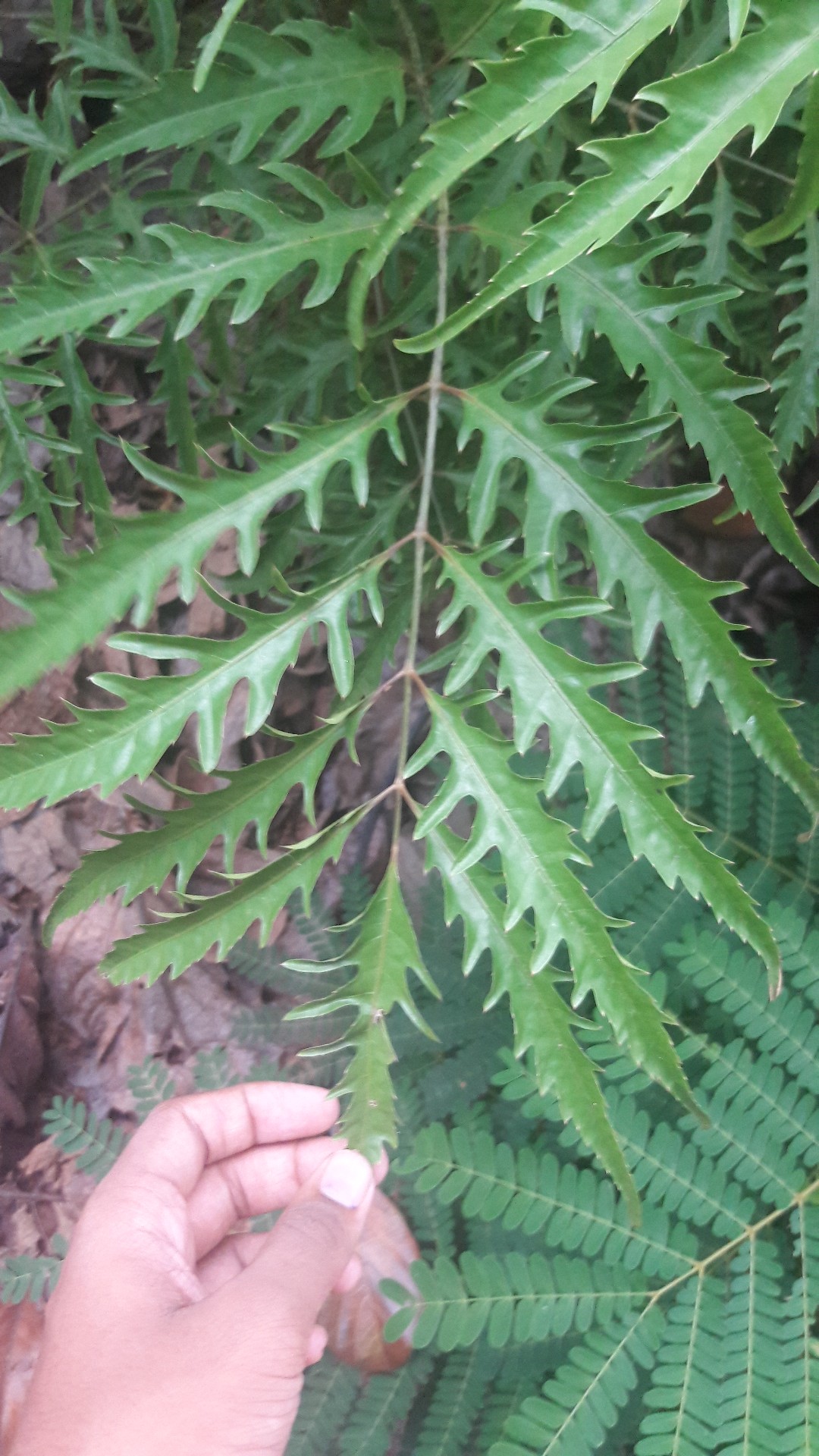


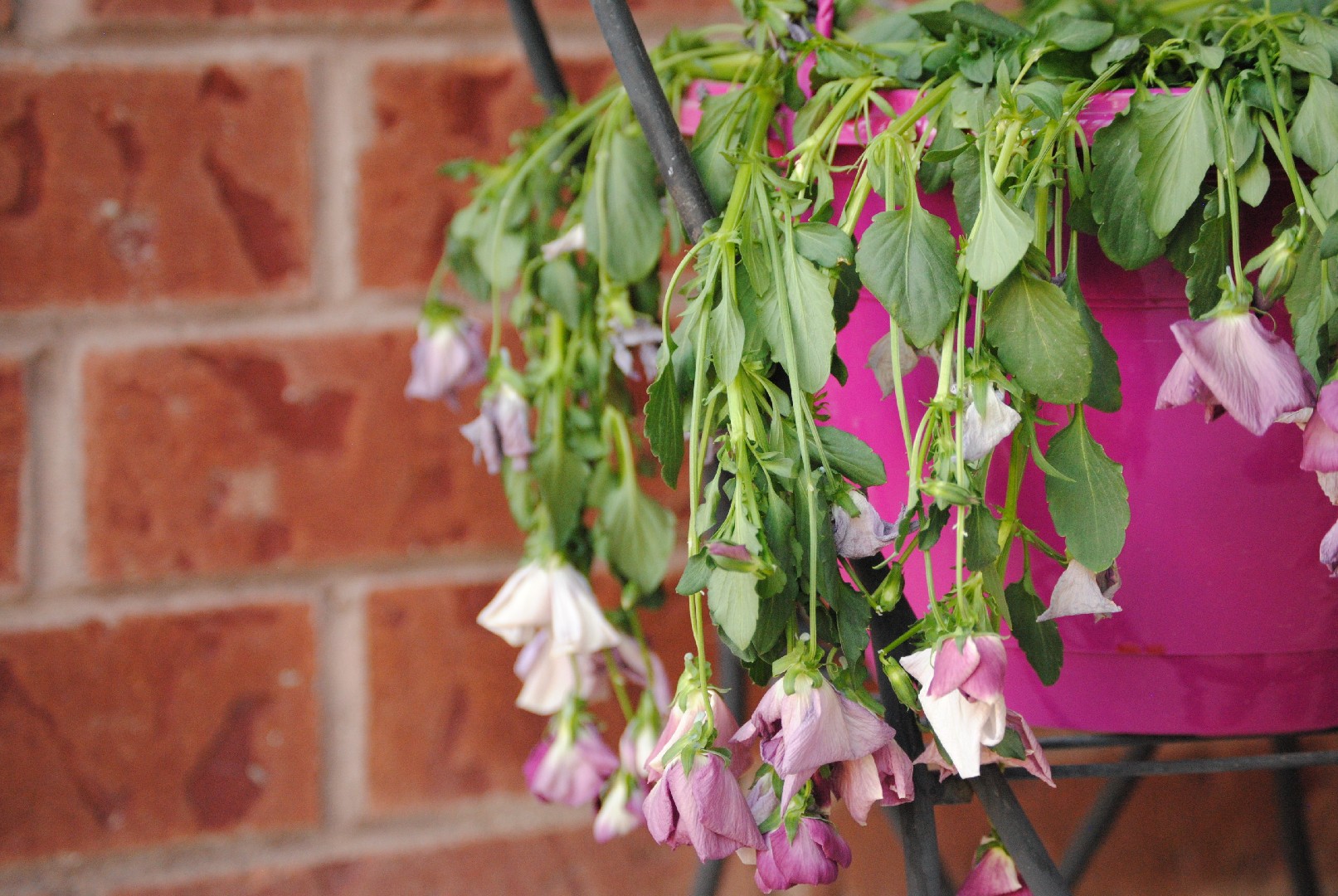
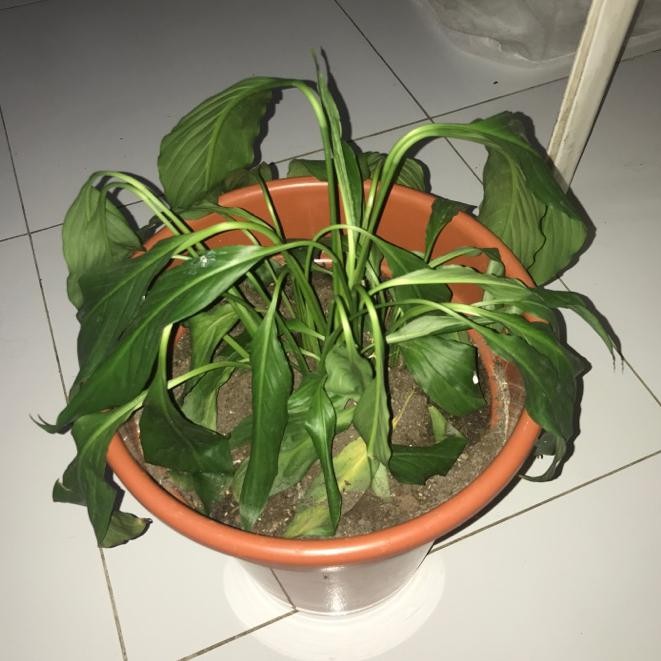
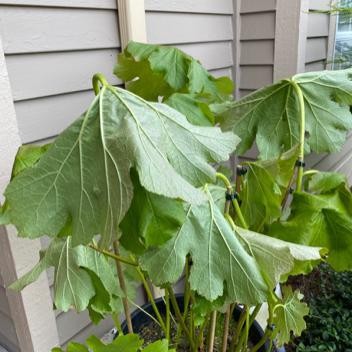
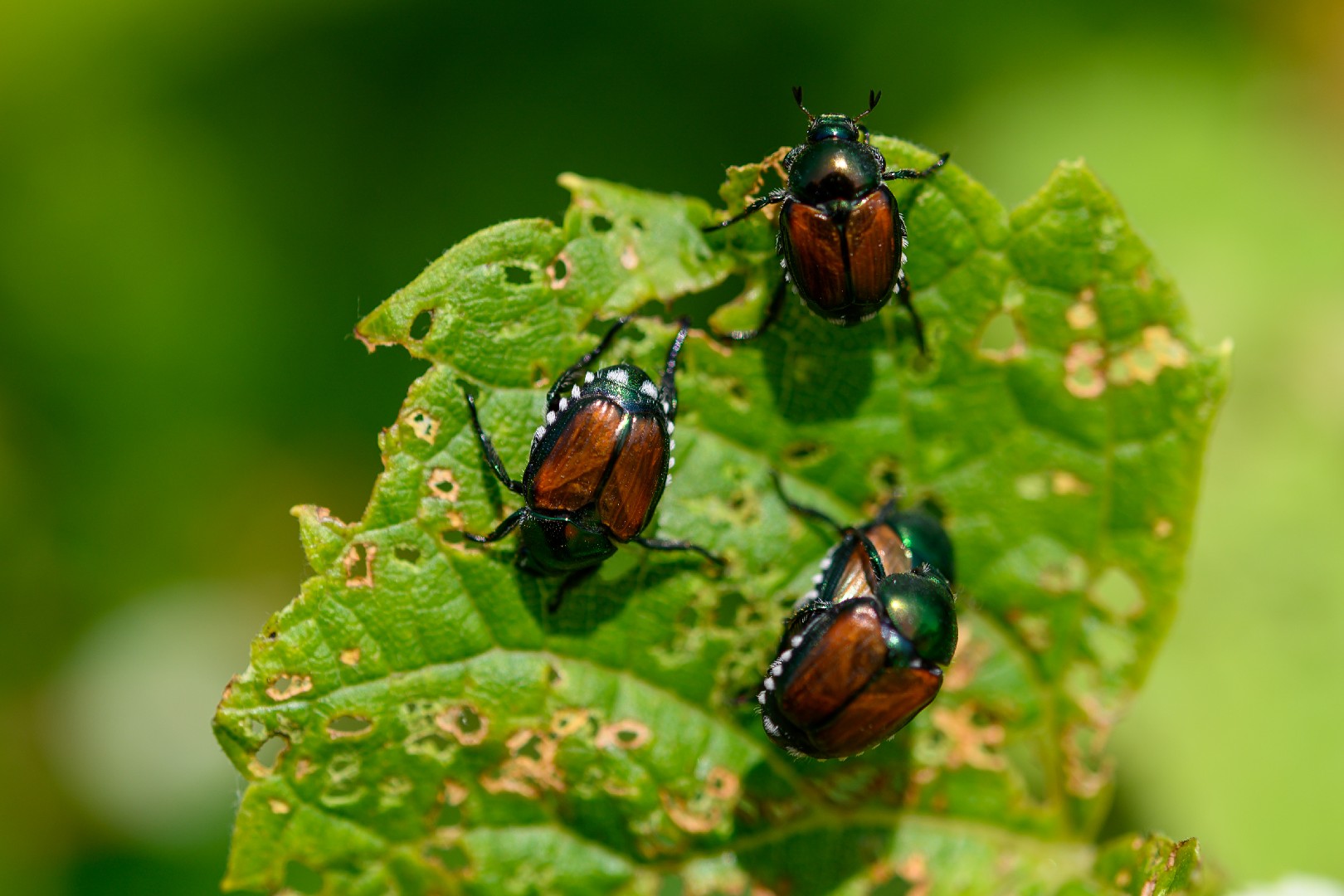

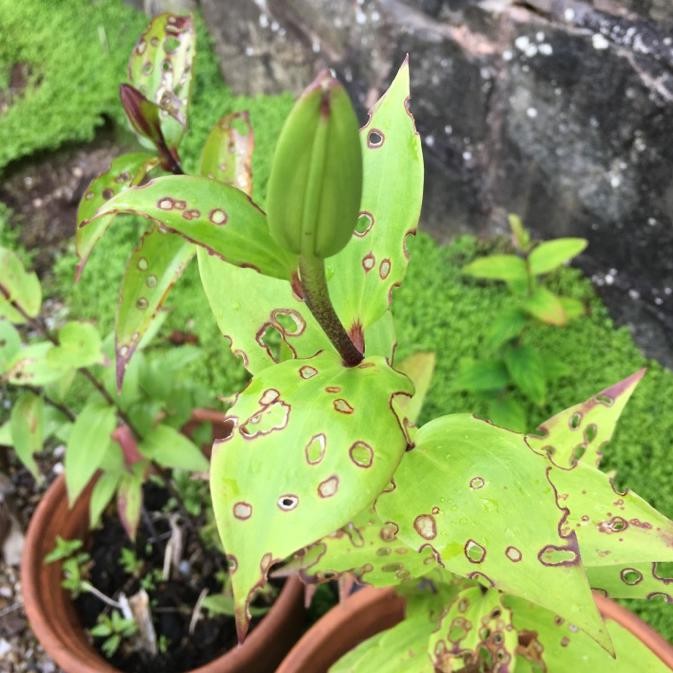
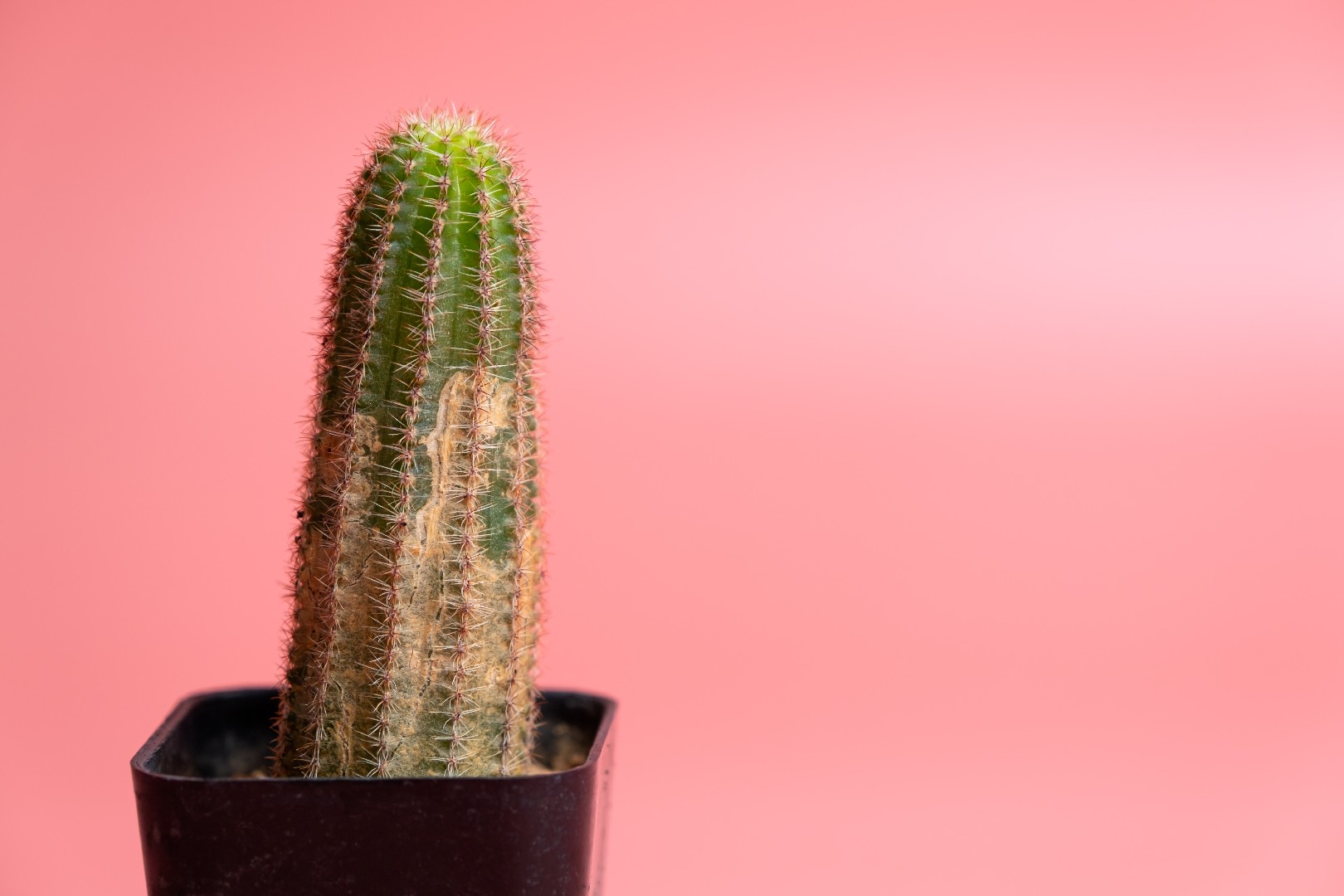
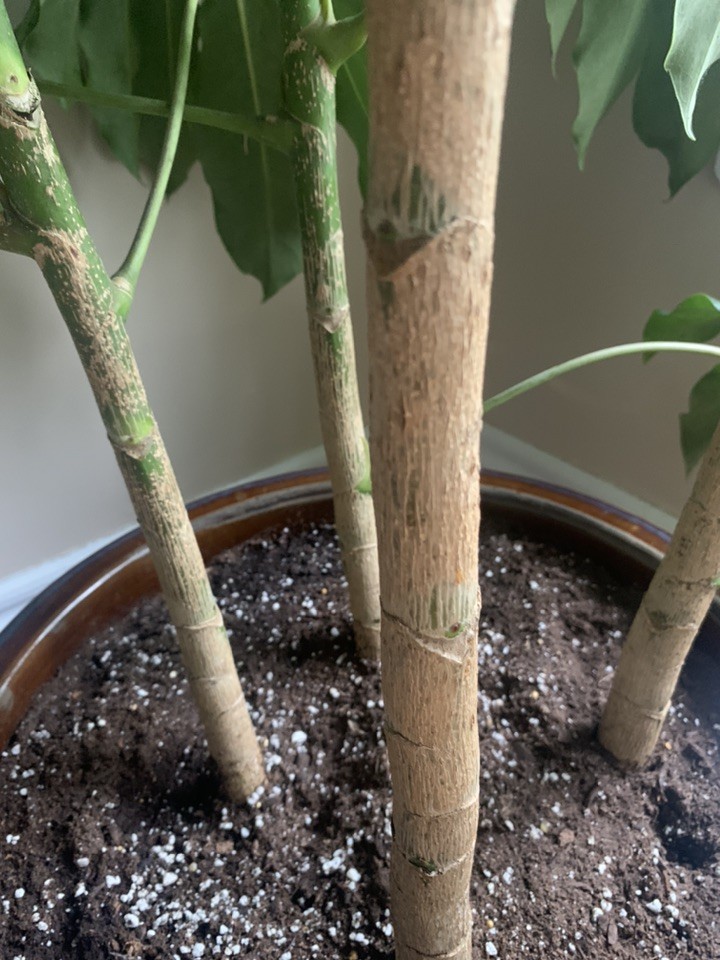
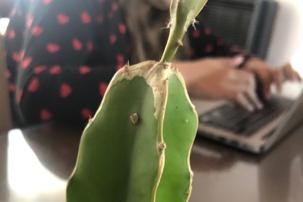



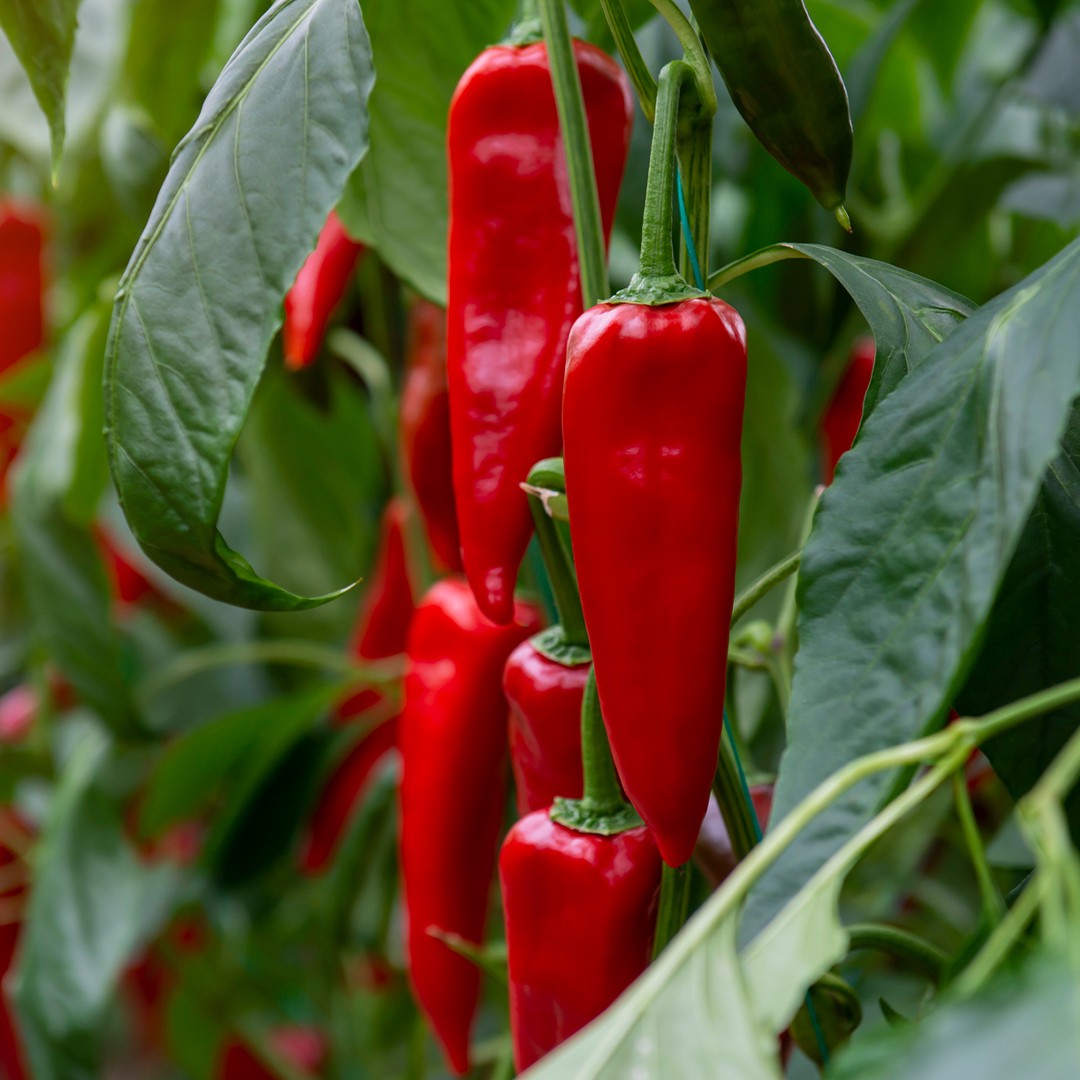
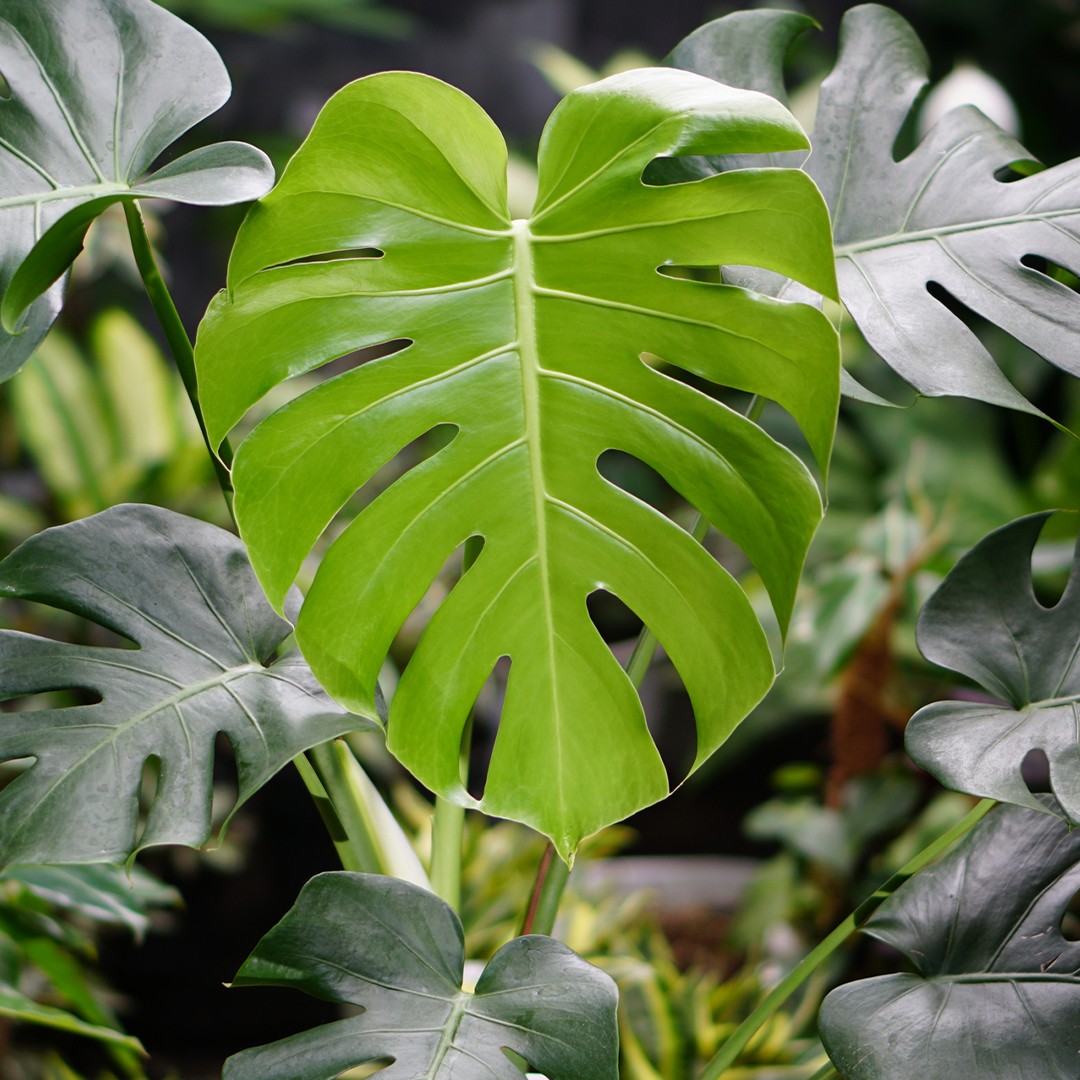
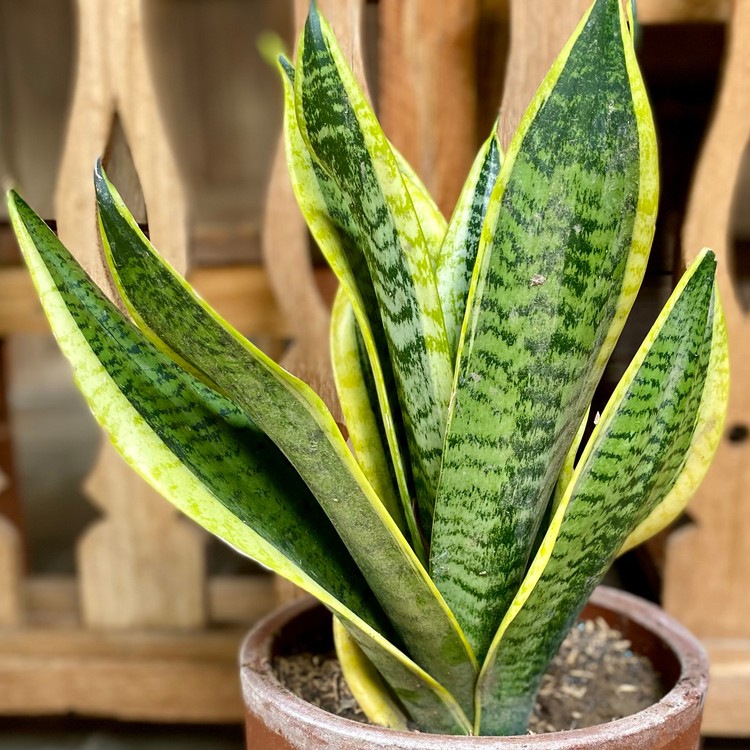
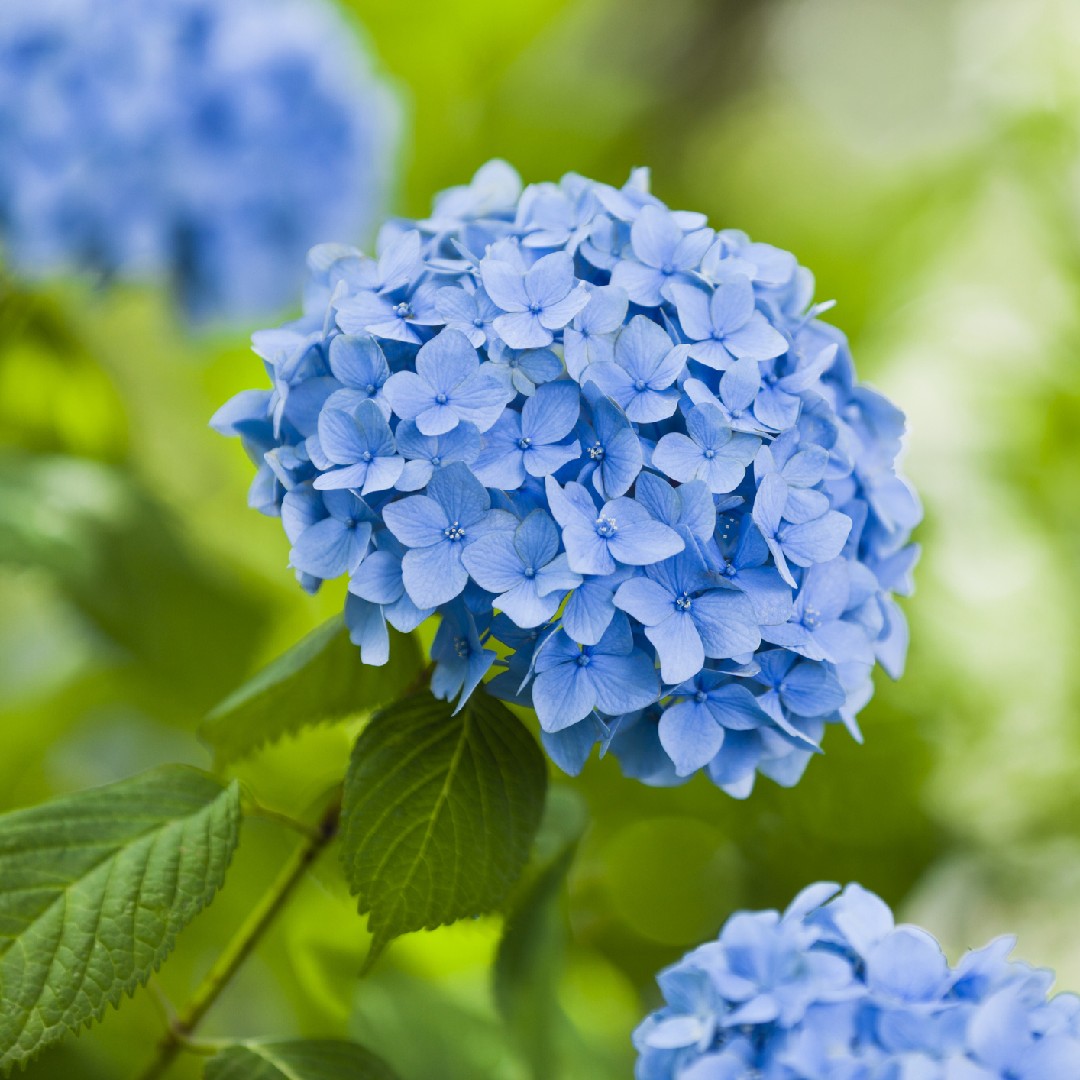
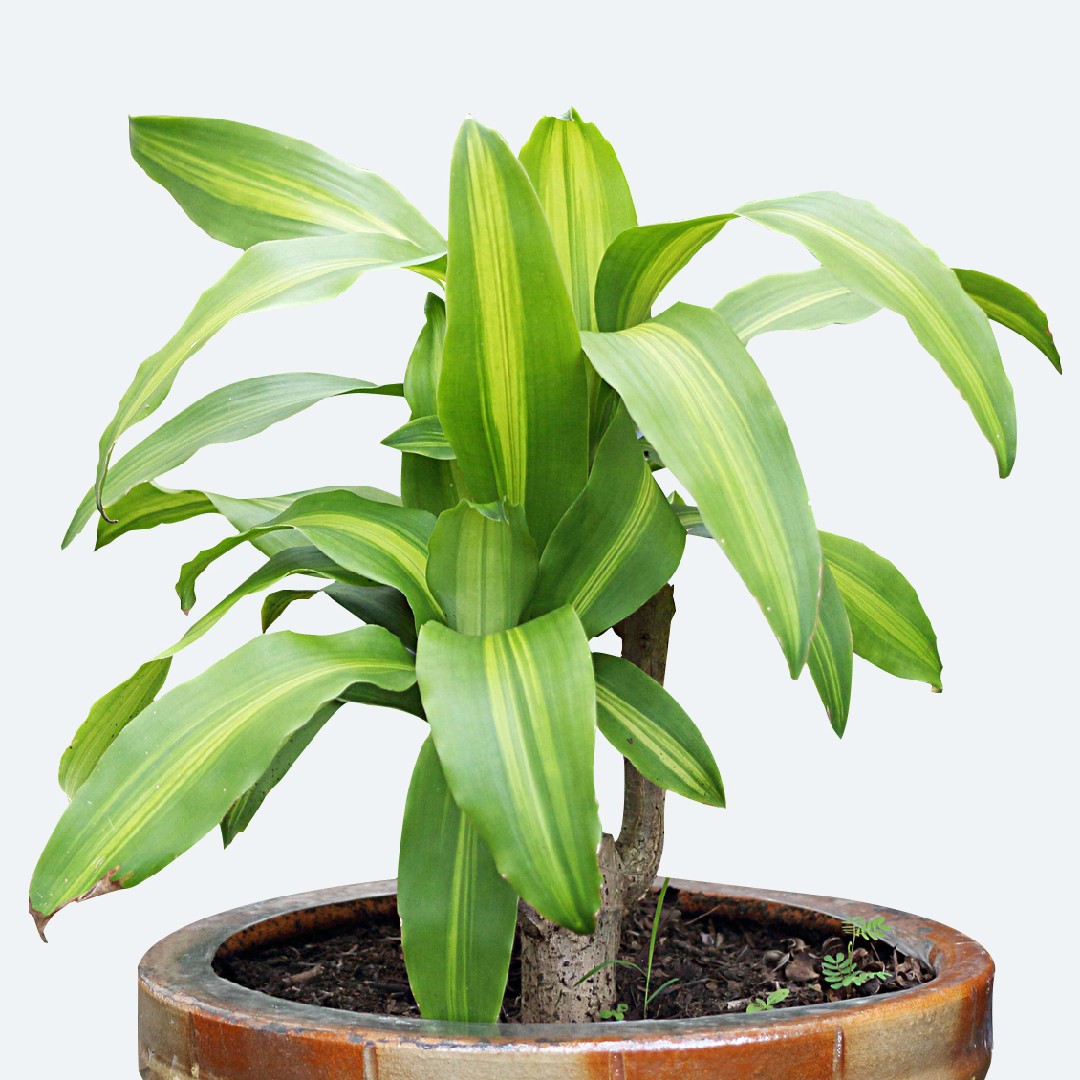
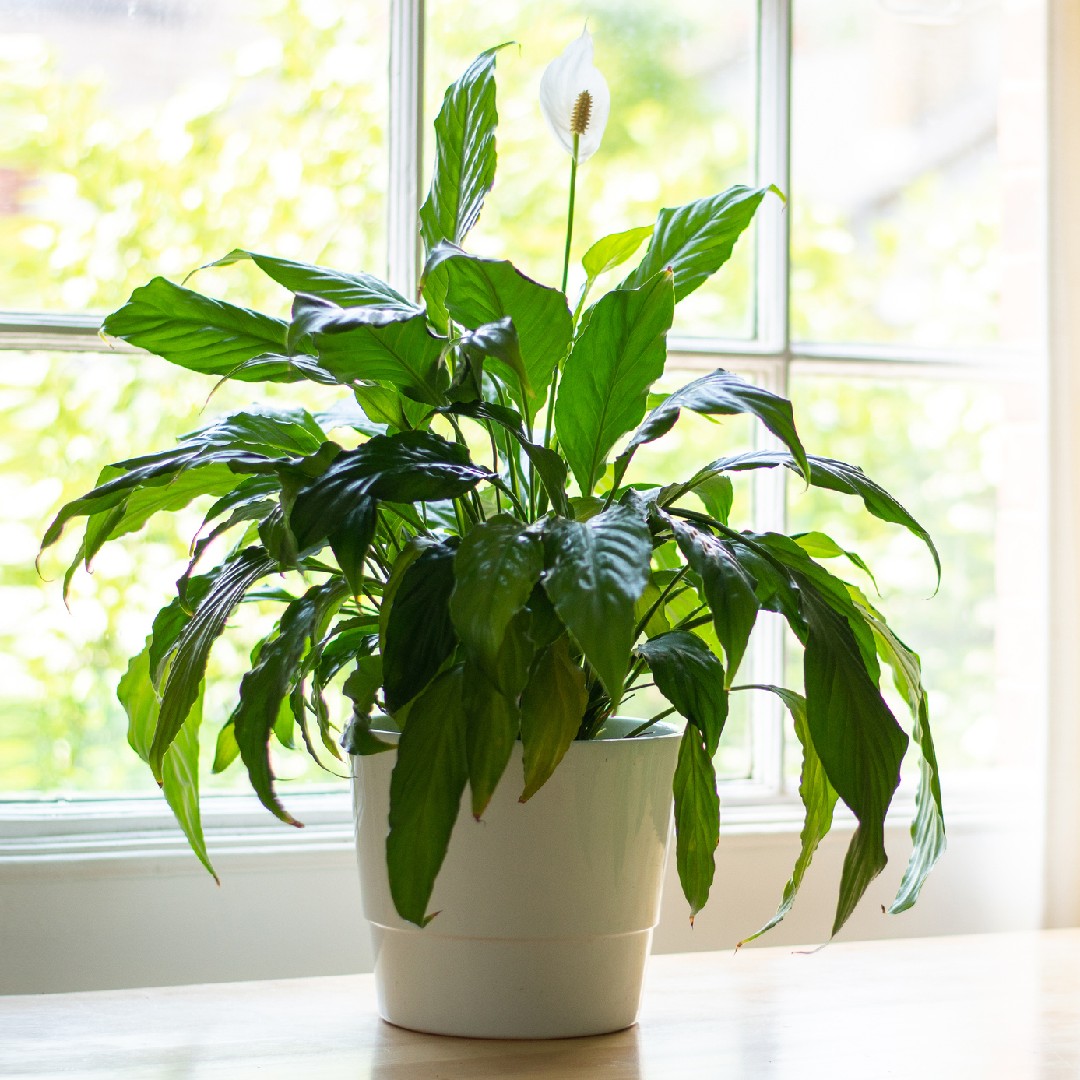







 Watch how sunlight gracefully moves through your garden, and choose spots that provide the perfect balance of light and shade for your plants, ensuring their happiness.
Watch how sunlight gracefully moves through your garden, and choose spots that provide the perfect balance of light and shade for your plants, ensuring their happiness. 








